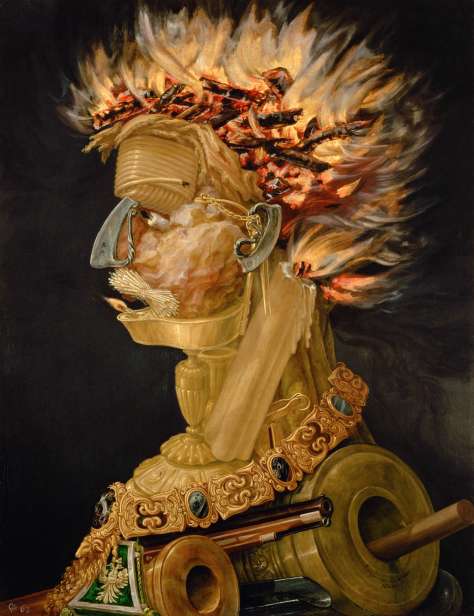
Electro Stimulation is being used for any injuries in a portable unit for physical therapy

Electro Stimulation is being used for any injuries in a portable unit for physical therapy
Janelle Monae’s song “Oh, Maker” and its accompanying video are examples of cultural reproduction of cyborgs. The song is the ninth track of her ArchAndroid album released on May 18, 2010 in the U.S. She includes a backstory for her music on the album which involves an illicit love connection between a female droid/cyborg named Cindy Mayweather and a man named Anthony Greendown who frees her from government captivity. The video features Monae’s Cindy Mayweather character, her lover, and the cyborg government official attempting to recapture Mayweather and kill Greendown. The government hopes to return her to the laboratory in hopes of harvesting the ghost-in-the-machine soul produced in Mayweather’s programming. In the video, the audience can see the love in her eyes and also the fear of being captured and effectively killed, indicating human emotion in technology. Looking at the video, the audience can see that Mayweather and the government official are not just human, but a combination of both human and machine. The computerized melodies of the song and the robotic rewind of the video further reproduce a cyborg aesthetic and romanticize love between a machine-human (Mayweather) and a true human (Greendown).

Giuseppe Arcimboldo’s 16th century Mannerist oil painting, “Fire” (1566), is a collection of found objects of contemporary technology used to create the profile of a cyborg-like figure. The painting represents many fire producing elements including two cannons forming the shoulder and chest of the figure, a musket, a metal oil lamp as the mouth, and several flintlocks as the nose and ears. Arcimboldo’s painting is the oldest known representation of a cyborg figure and indicates the fascination cyborgs, or human-machine systems, have held for humanity through the centuries. Even though Giuseppe Arcimboldo has many different unique paintings created from found objects, his “Fire” is noted for its portrayal of technology and modern relevance. Cyborgs, as stated above, are “living beings whose powers are enhanced by computer implants or mechanical body parts” (Dictionary.com). We can see in this painting that the portrait is not just an ordinary human but an individual composed of mechanical parts that indicate an association between power/wealth and technology (the subject wears the medallion of a statesman). The technology of Arcimboldo’s day, unlike our own, emphasized the destructive power of fire. However, the painting shows the continued association of technology, power, and the future of civilization.
Now that advanced technologies are available readily, the artificial brain and intelligence has been adapted to the battlefield as a military technology evolution.
DARPA (Defense Advanced Research Projects Agency), a segment of the Department of Defense (DOD), has been conducting research intended to, “advanc[e] technology for military uniforms, body armor and equipment have saved countless lives of our service members injured on the battlefield” (2).

With many cutting-edge technologies under development, DARPA is pushing forward the capabilities of military technology and cyborg interface with its Advanced X-Ray Integrated Project, Maskless Nanowriter, and Ultrabeam. Its many different advanced development projects have, “For a decade now… been leading efforts aimed at ‘revolutionizing’ the state-of-the-art in prosthetic limbs, recently debuting two advanced mechatronic limbs for the upper extremity.(2)” Amazingly, DARPA created a portal for direct access to the nervous-control system via prosthetic limbs of subjects. Previously, prosthetic limbs were just connected to residual limbs without the ability for nervous system integration that is a traditional method for humans. 
However, DARPA’s program allows amputee patients to control their nerve system to manipulate their body-integrated machines including high-performance prosthetic limbs. It can be a genuinely active engagement as its provides tremendous progress with technology from a passive engagement and the ability to move, “Furthermore, advances in cortical microelectrode technologies are extending the durability of neural signals obtained from the brain, making it possible to create brain-controlled prosthetics that remain useful over the full lifetime of the patient” (2).